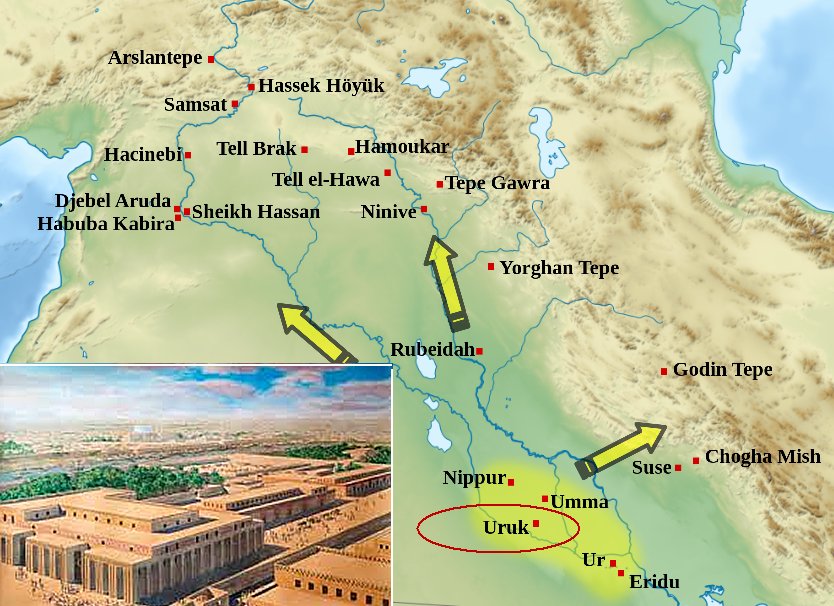Uruk Was Ruled By Gilgamesh Who Built City’s Great Walls
A. Sutherland – MessageToEagle.com – In Mesopotamian myths, Gilgamesh is presented as a demigod of superhuman strength that lived a very long life. Based on the’ Sumerian King List’, we learn that the great hero, Gilgamesh, reigned 126 years.
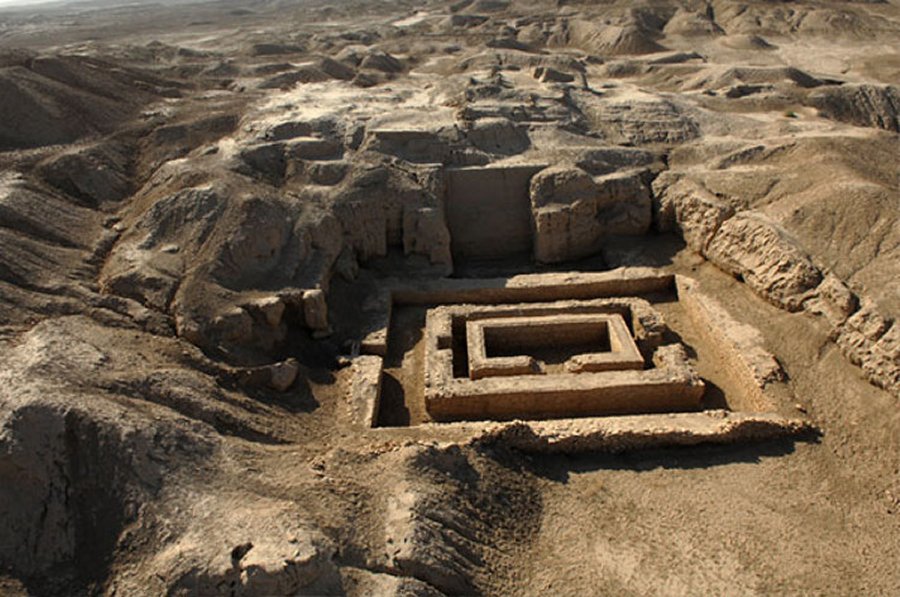
He lived in the ancient Sumerian city of Uruk. He was the son of the mortal Lugulbanda and a minor goddess, Ninsun.
Gilgamesh built and beautifully remodeled this great city; he helped to build for An, the father of the gods and his daughter, Inanna, the goddess of love and war. He also irrigated the fields, dug wells, and made orchards.
One of his greater achievements was the construction of the city walls of Uruk to defend his people from enemies.
There was something about the city of Uruk….
‘…The outer wall shines in the sun like the brightest copper; the inner wall is beyond the imagining of kings. Study the brickwork, study the fortification; climb the great ancient staircase to the terrace; study how it is made; from the terrace see the planted and fallow fields, the ponds and orchards. One league is the inner city, another league is orchards; still another the fields beyond; over there is the precinct of the temple.
Three leagues and the temple precinct of Ishtar measure Uruk, the city of Gilgamesh….’
See also:
Sumerian ‘Mask Of Warka’ From Uruk: Sculptured Face May Depict Goddess Inanna
Lugal-Anne-Mundu: ‘King Of The Universe’ And Powerful Leader Who Restored Sumer To Its Former Glory
Nippur – Holy City Of God Enlil And One Of The Oldest Cities Of Sumer
Sumerian Stele Of The Vultures: Oldest Known Historical Records Carved On Limestone
According to the Sumerian King List, Uruk was founded by King Enmerkar around 4500 BC and was the largest settlement in southern Mesopotamia, if not the world.
During the Early Dynastic period (2900–2350 BC), Uruk dominated Mesopotamia.
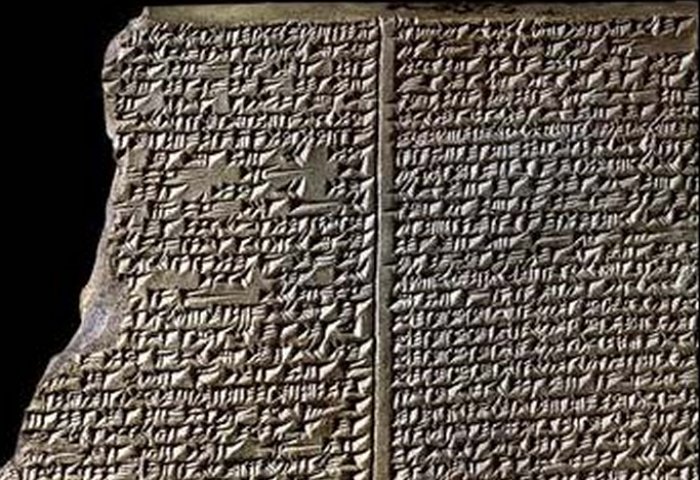
Towards the end of the fourth millennium BC, at about the time that writing was being invented but before it is able to tell us much, Uruk had already spread over some 400 hectares, and became greater in size and population than Rome, about 3000 years later, or Athens, when the northern and southern walls of the Acropolis were reconstructed and major temples including the Parthenon, were rebuilt under the leadership of Pericles during the Golden Age of Athens (460-430 BC).
Uruk was surrounded by a massive wall, which according to tradition was built on the orders of King Gilgamesh, who ruled around 2700 BC.
In the Epic of Gilgamesh’ is written:
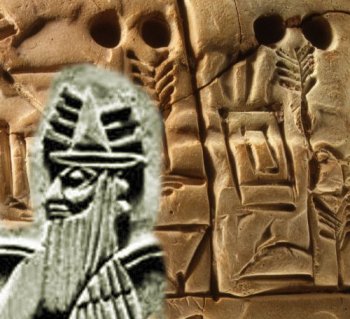 “….they arrived at Uruk, the strong-walled city. Gilgamesh spoke to him, to Urshanabi the ferryman, ‘Urshanabi, climb up on to the wall of Uruk, inspect its foundation terrace, and examine well the brickwork; see if it is not of burnt bricks; and did not the seven wise men lay these foundations?
“….they arrived at Uruk, the strong-walled city. Gilgamesh spoke to him, to Urshanabi the ferryman, ‘Urshanabi, climb up on to the wall of Uruk, inspect its foundation terrace, and examine well the brickwork; see if it is not of burnt bricks; and did not the seven wise men lay these foundations?
One-third of the whole is city, one third is garden, and one third is field, with the precinct of the goddess Ishtar. These parts and the precinct are all Uruk.
This too was the work of Gilgamesh, the king, who knew the countries of the world. He was wise„ he saw mysteries and knew secret things, he brought us a tale of the days before the flood. He went a long journey, was weary, worn out with labor, and returning engraved on a stone the whole story…’
Uruk was a place of intense activity, a city of pulsating public life within its busy and impressive streets. The city had monumental mud-brick buildings decorated with mosaics of painted clay cones embedded in the walls, and richly decorated with art.
Large-scale sculpture in the round and relief carving appeared for the first time, together with metal casting using the lost-wax process.
Widely accepted as the historical 5th king of Uruk whose influence was so profound, Gilgamesh was later remembered in many stories and epics as a great hero.
Written by – A. Sutherland AncientPages.com Staff Writer
Copyright © AncientPages.com All rights reserved. This material may not be published, broadcast, rewritten or redistributed in whole or part without the express written permission of AncientPages.com
Expand for referencesReferences:
Kriwaczek, P. Babylon: Mesopotamia and the Birth of Civilization
Freeman, H. Sumerians: A History From Beginning to End
Related Posts
-
 World’s Oldest Shoe Is 5,000-Year-Old
No Comments | Jul 10, 2015
World’s Oldest Shoe Is 5,000-Year-Old
No Comments | Jul 10, 2015 -
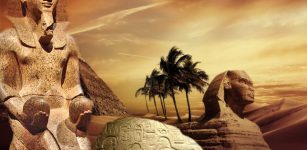 How The Great Sphinx Gave Thutmose IV Power To Become Pharaoh
No Comments | Jul 20, 2021
How The Great Sphinx Gave Thutmose IV Power To Become Pharaoh
No Comments | Jul 20, 2021 -
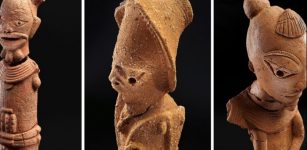 Honey-Collecting In Prehistoric West Africa From 3500 Years Ago – Pottery Examined
No Comments | Apr 15, 2021
Honey-Collecting In Prehistoric West Africa From 3500 Years Ago – Pottery Examined
No Comments | Apr 15, 2021 -
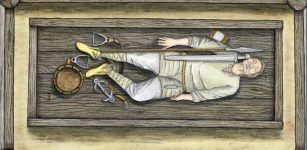 Magnificent Chamber Graves Of Four Scandinavian Warriors Discovered In Poland – The Piast Dynasty In New Light
No Comments | Jan 23, 2020
Magnificent Chamber Graves Of Four Scandinavian Warriors Discovered In Poland – The Piast Dynasty In New Light
No Comments | Jan 23, 2020 -
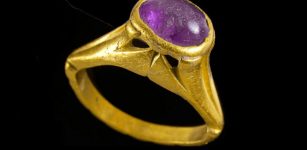 Ancient Greek Amethyst Ring To Ward Off A Hangover Discovered At The World’s Largest Byzantine Wine Factory In Yavne, Israel
No Comments | Nov 12, 2021
Ancient Greek Amethyst Ring To Ward Off A Hangover Discovered At The World’s Largest Byzantine Wine Factory In Yavne, Israel
No Comments | Nov 12, 2021 -
 Unravelling The Mystery Of The Ulfberht Sword – An Ancient Viking Artifact Far Ahead Of Its Time
No Comments | Feb 11, 2014
Unravelling The Mystery Of The Ulfberht Sword – An Ancient Viking Artifact Far Ahead Of Its Time
No Comments | Feb 11, 2014 -
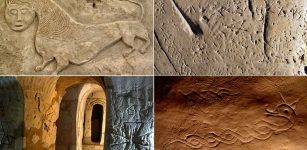 Ancient Cave Church Complex In Basarabi, Romania
No Comments | Mar 10, 2016
Ancient Cave Church Complex In Basarabi, Romania
No Comments | Mar 10, 2016 -
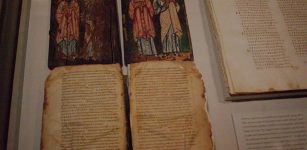 Codex Washingtonianus Contains A Passage Not Seen In Any Other Biblical Manuscript
No Comments | Aug 4, 2015
Codex Washingtonianus Contains A Passage Not Seen In Any Other Biblical Manuscript
No Comments | Aug 4, 2015 -
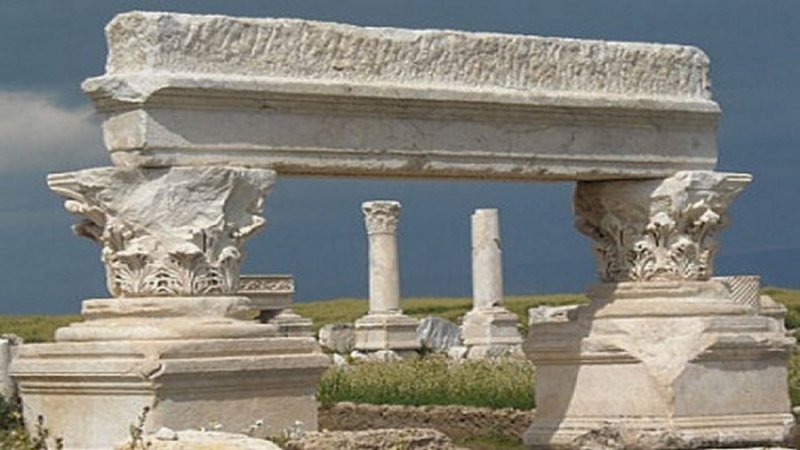 Christian Church And Large House Unearthed In Ancient Laodicea, A Major Hub Of Christianity
No Comments | Oct 31, 2020
Christian Church And Large House Unearthed In Ancient Laodicea, A Major Hub Of Christianity
No Comments | Oct 31, 2020 -
 Celtic Tree Of Life – Portal To Invisible Worlds And Source Of Sacred Knowledge
No Comments | Jul 27, 2021
Celtic Tree Of Life – Portal To Invisible Worlds And Source Of Sacred Knowledge
No Comments | Jul 27, 2021

